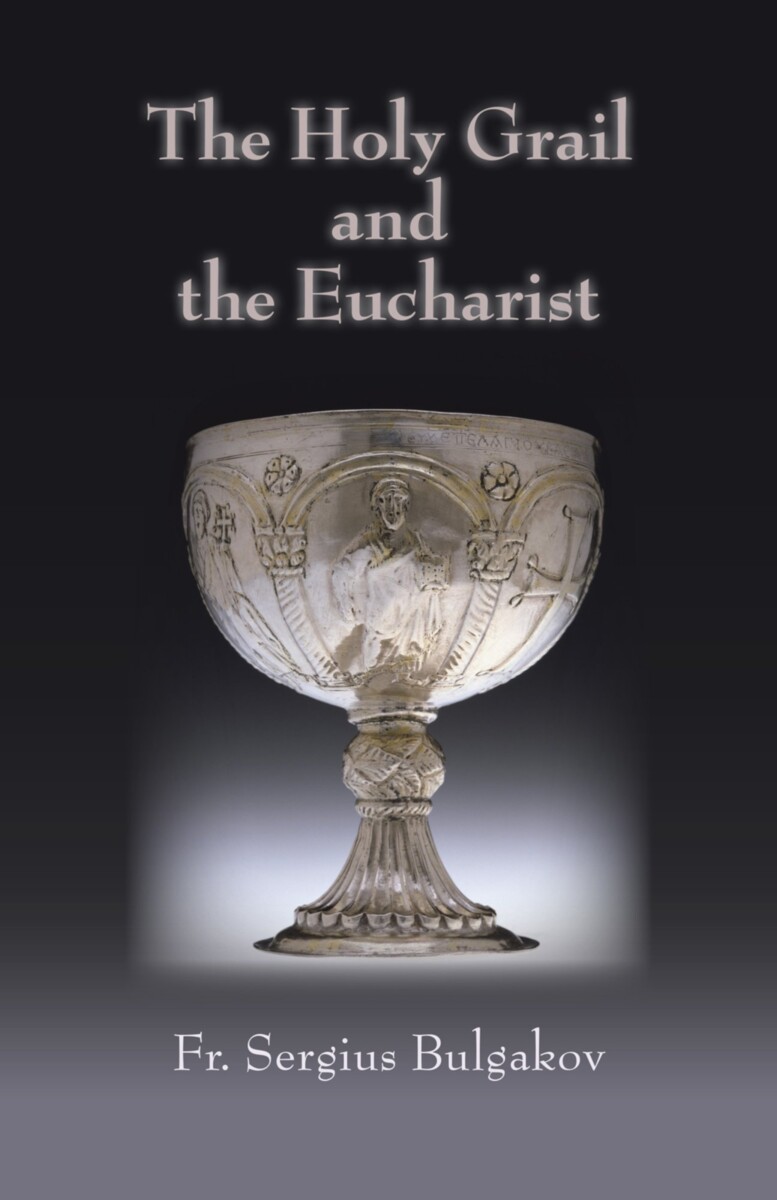Holy Grail and the Eucharist
Introduction by Robert Slesinski
Afterword by Constantin Andronikof and Caitlin Matthews
Translated by Boris Jakim
- Publisher
Lindisfarne Books - Published
1st June 1997 - ISBN 9780940262812
- Language English
- Pages 160 pp.
- Size 5.5" x 8.5"
These two moving studies by the eminent Orthodox theologian and sophiologist Father Sergei Bulgakov are remarkable in many ways. The first is a unique consideration—from the point of view of Eastern Christianity—of the Holy Grail, the chalice used by Joseph of Arimathea to catch the blood and water as it flowed from Jesus' side when it was pierced on the Cross by the spear of Longinus. This moment is described in John 19:34. Bulgakov's essay is a "dogmatic exegesis" of this passage in which, with astounding passion and precision, he reveals that the Earth itself and hence the human universe is the Grail wherein Christ lives forever.
The second essay is also unique—the most important contribution to eucharistic theology by an Orthodox theologian. In the West, the meaning of the Communion bread and wine as the Christ's Body and Blood has been interpreted largely in philosophical terms deriving from Aristotle and Thomas Aquinas. Bulgakov insists on a christological and Gospel-based interpretation, one with tremendous significance for our understanding of the supernatural and sophianic nature of a world interpenetrated by the divine.
This little book is a priceless gift, enriching our understanding of the Christian mystery and two of its deepest aspects, the Grail and the Eucharist.
C O N T E N T S:
Translator’s Preface
Introduction by Fr. Robert Slesinski
The Holy Grail
The Eucharistic Dogma
Afterword by Constantin Andronikof
Afterword by Caitlin Matthews
Sergei Bulgakov
Sergei Bulgakov (1879-1944) is considered by some to be the greatest Russian Orthodox theologian of the twentieth century. Early in the century, he progressed from Marxism through idealism to an acceptance of the Christian faith, becoming a Russian Orthodox priest in 1918. He was one of the most active figures in the Russian religious renaissance. During the 1920s, following in the footsteps of Vladimir Solovyov and Pavel Florensky, be began to develop a profound and original vision of Sophia. He was exiled from the Soviet Union in 1922 and moved to Paris, where he began the most fruitful period of his life. By the mid-1930s, his work had won enough disfavor with the Church hierarchy that he was censured and barred from teaching and performing priestly duties. Nevertheless, at his funeral he was eulogized as a "Christian sage, a teacher of the Church in the purest and most lofty sense ... enlightened by the Holy Spirit, the Spirit of Wisdom, the Spirit of Understanding, the Comforter," to whom he'd devoted his life. The image to the right shows Sergei Bulgakov with Pavel Florensky.


